The main finding:
The state & trait latent constructs of affect—contrary to the common belief—are essentially different.
Summary in 9 tweets:
#THREAD 1/9
2/9
To account for non-normality (& to allow nonlinearity & check latent nonmonotonicity), we used graded-response item response theory for factor analysis.
3/9
4/9
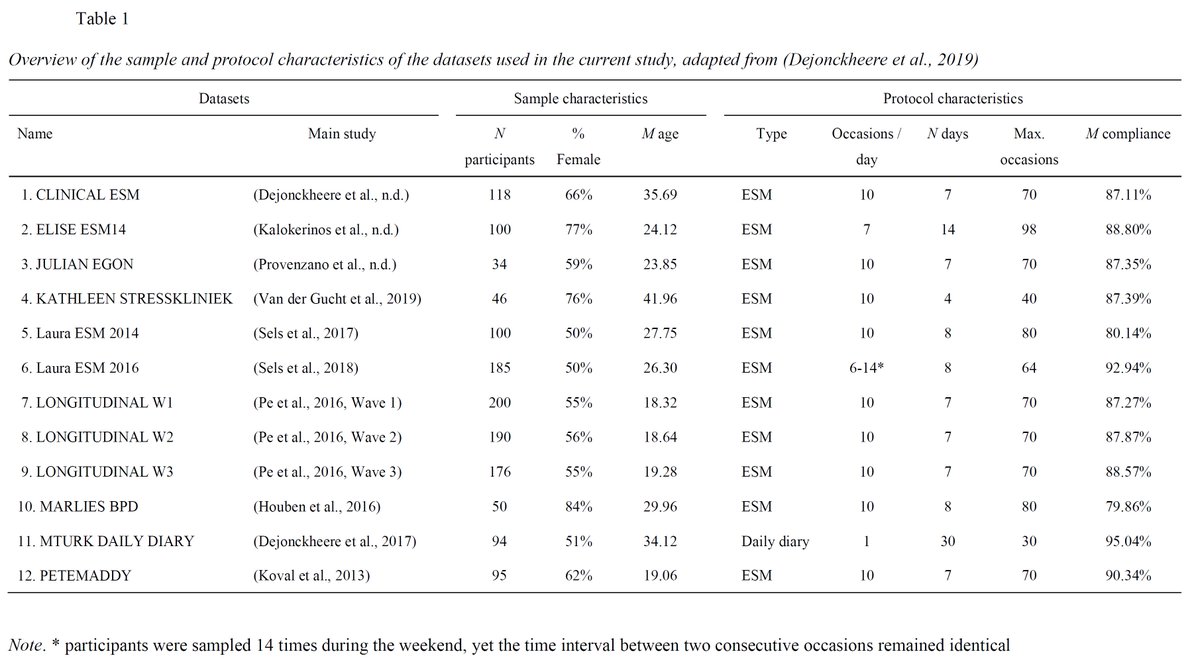
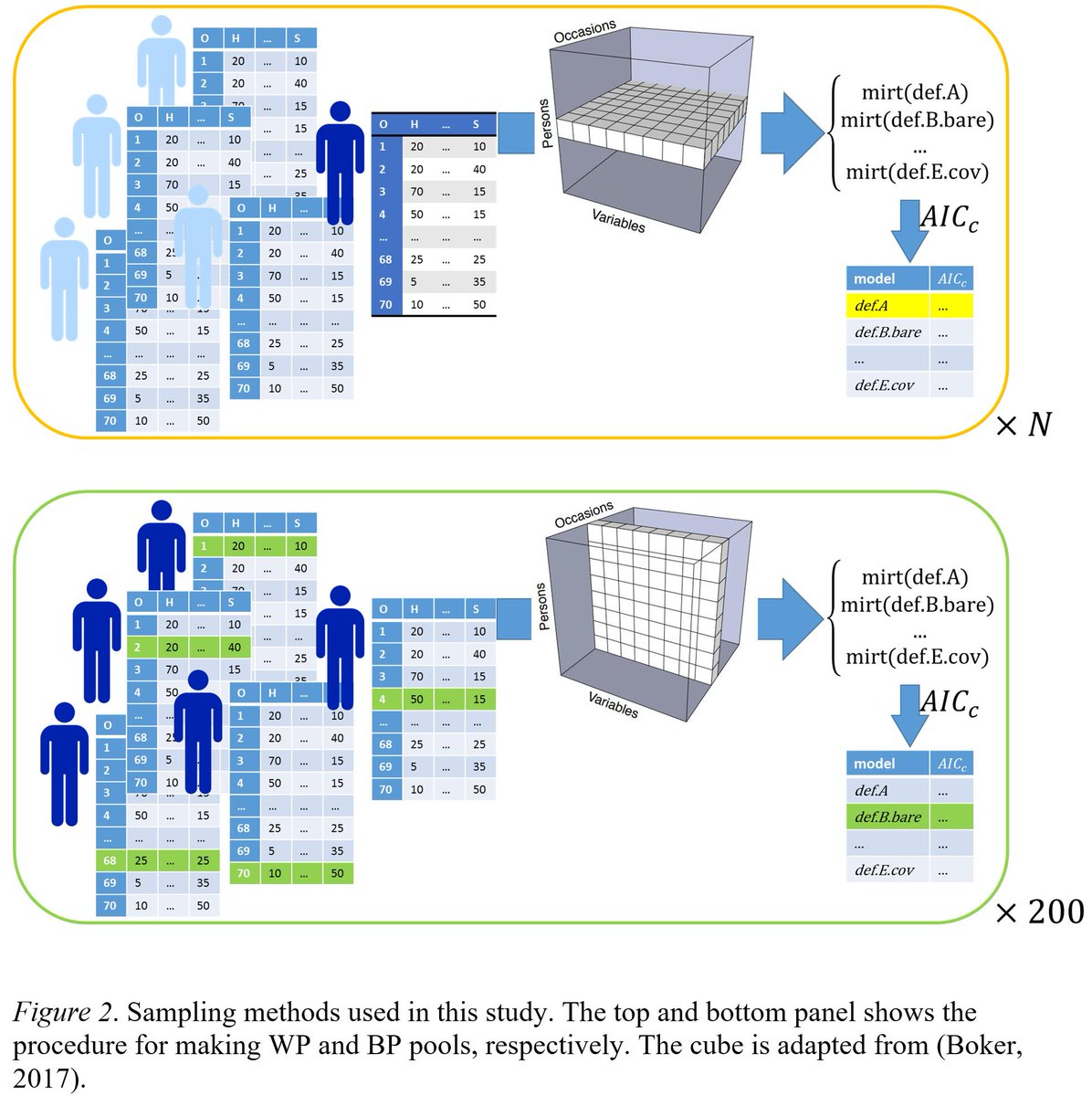
The latter point has a very important implication: These instruments are not suitable for "experience" sampling.
8/9
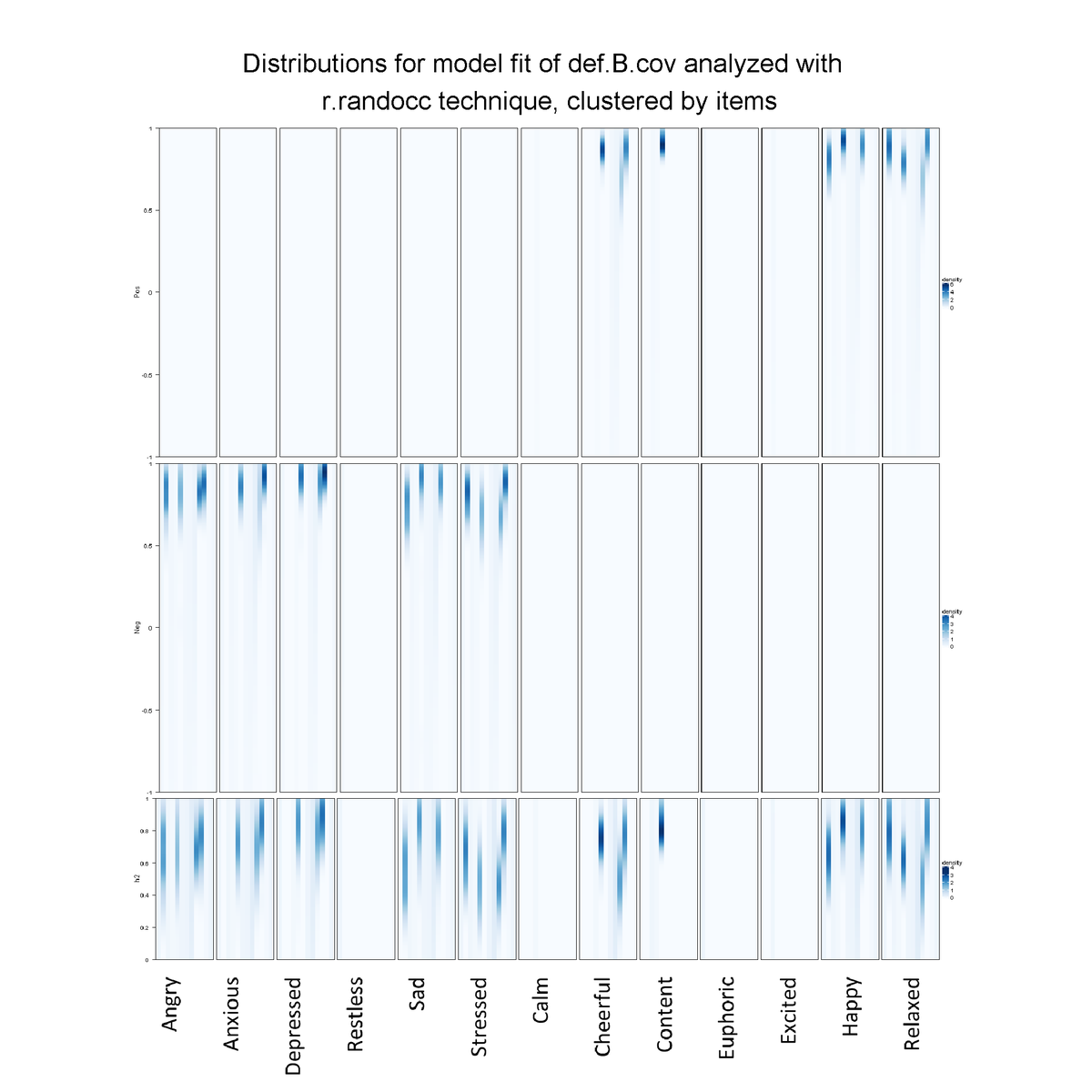
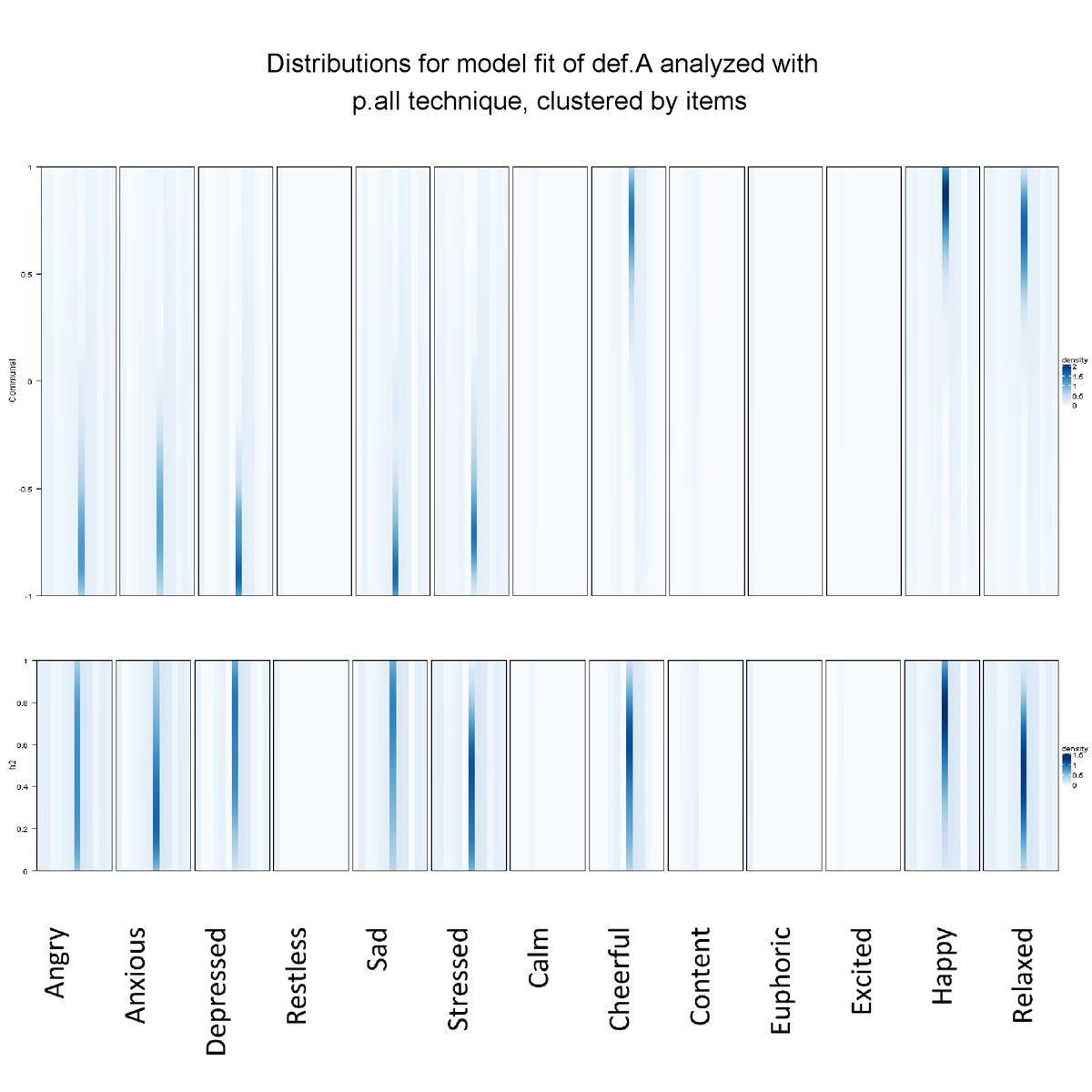
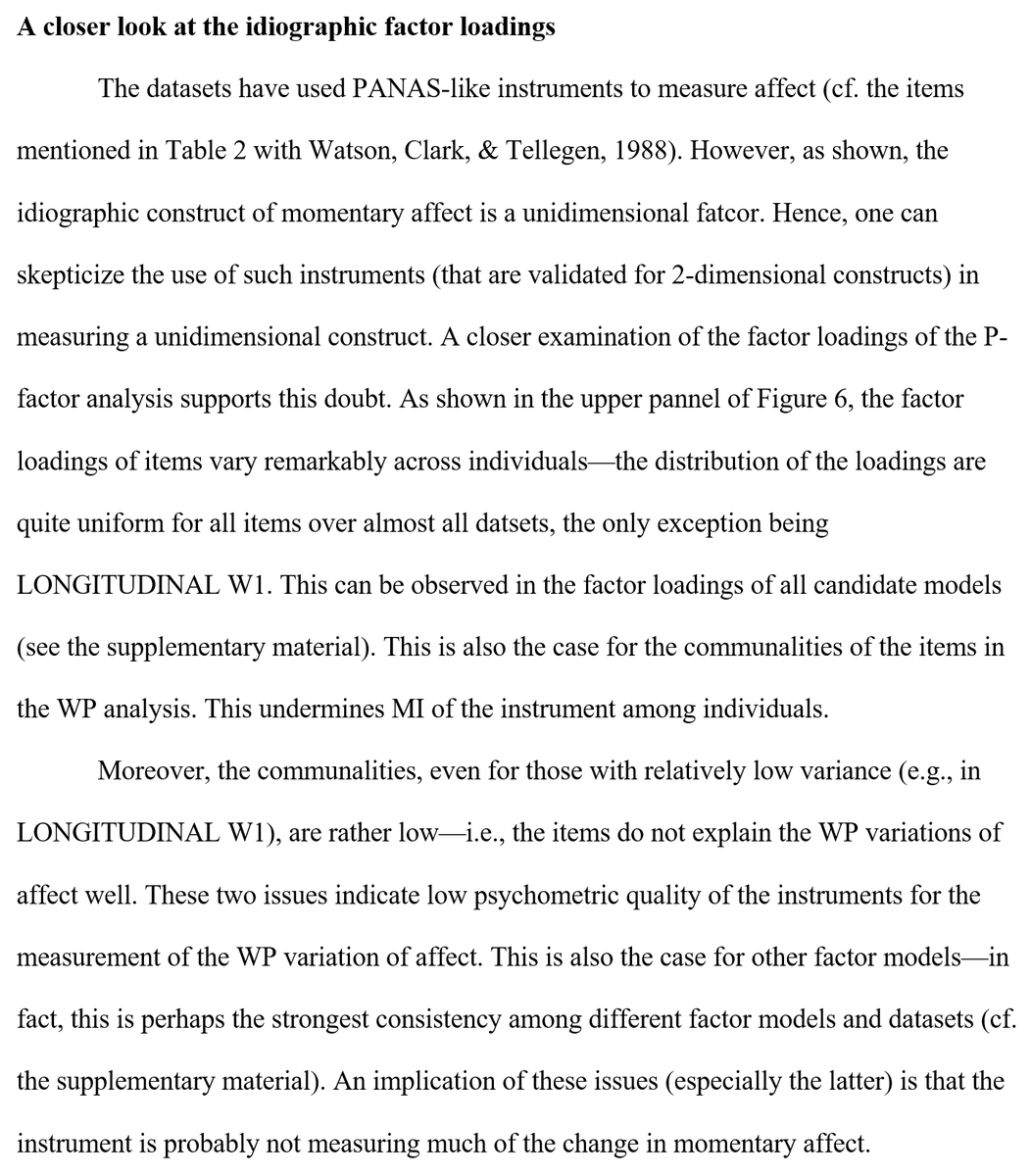
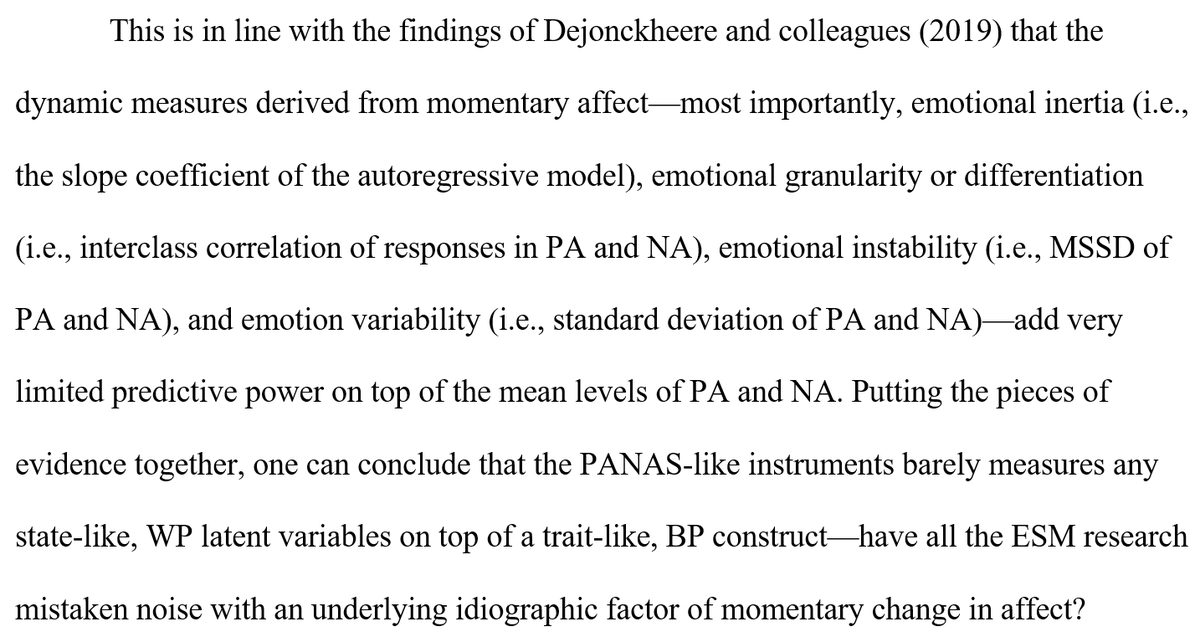
Also, find the presentation of these findings (w/ notes on monotonicity) at @BapSciences 2019 on OSF:
osf.io/rn8c6/
9/9












